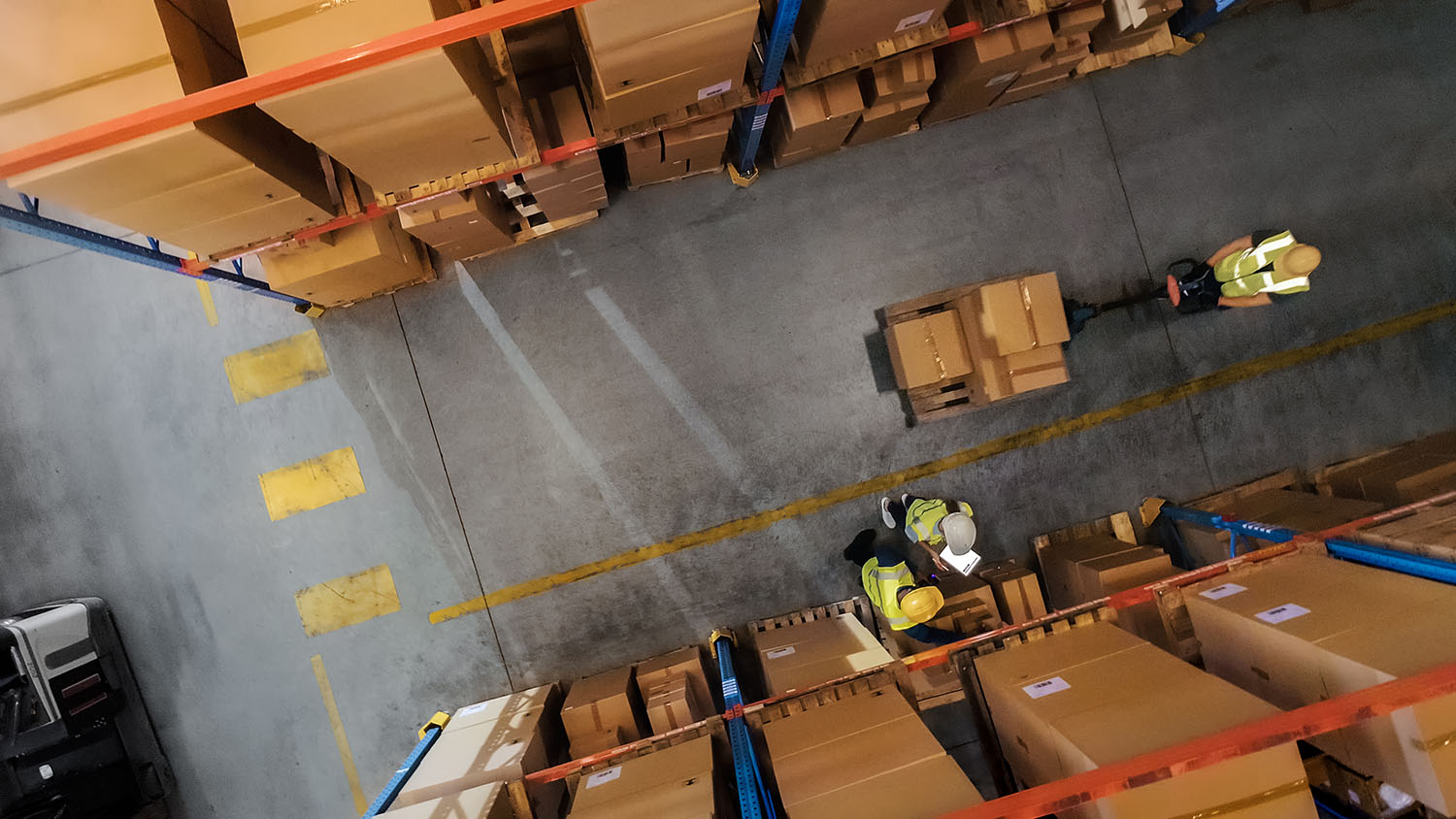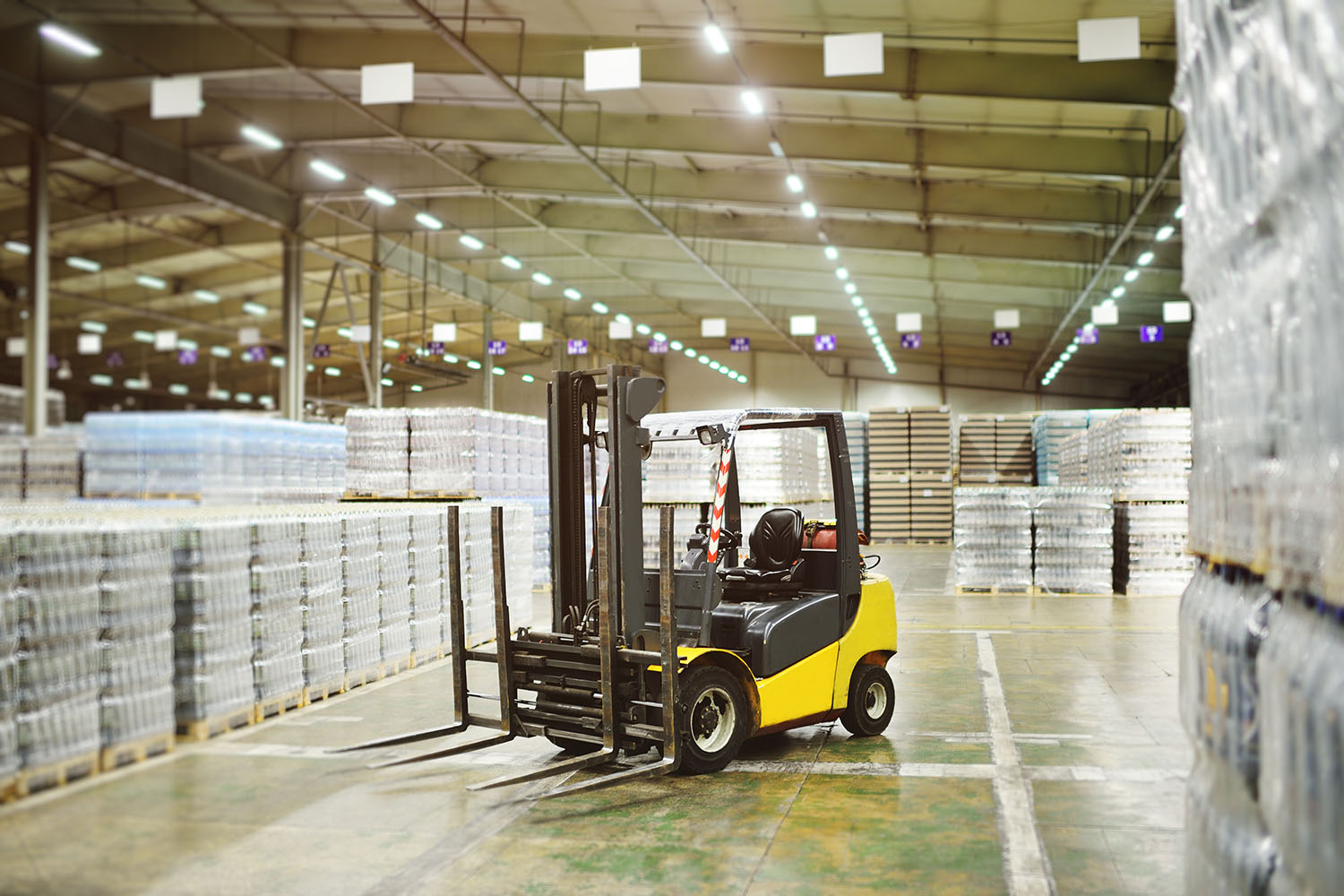The warehouse management sector is evolving at an unprecedented pace, and businesses that don’t prepare for the future may find themselves at a disadvantage. We are going to explore some of the key trends in warehouse management that are expected to dominate the industry over the next couple of years and, more importantly, how businesses can prepare for these trends and the future.
1. Scaling up with Cloud technology
Cloud-based warehouse management systems (WMS) are becoming increasingly popular due to their scalability and flexibility. For companies that are expanding operations and looking to improve their management processes from the dock doors to the warehouse floor, Cloud technology presents a major advantage.
Rather than costly, on-premises hardware, Cloud-based software gives you access to the data storage, computing power, and smart functionality of an external system. The growth of Cloud software can be seen in tandem with the boom of multi-warehousing, remote management, and simple, configurable technology.
Cloud software allows warehouses to eliminate data silos, connecting business functions to a central database. It also makes it easy to connect and set up new services so that businesses can quickly scale up or down depending on demand and fluctuations in the market. Businesses that don’t already have a cloud-based WMS should consider investing in one in order to stay competitive.
2. Increased multi-warehousing
As operations expand and demand increases nationally and globally, businesses often find that a single warehouse is no longer sufficient to meet their needs. It can lead to inventory management issues, decreased efficiency, and greater delays in the supply chain.
By using multi-warehousing, businesses can store goods in distributed warehouses across the country or world, while maintaining the ability to monitor and manage operations from a central location. It also means that inventory can be stored closer to where it is needed, but suppliers and customers still have a single point of contact.
Essential to multi-warehousing is a connected system so that the network can communicate in real-time. This can lead to faster shipping times, lower transport costs, reduced carbon footprint, greater opportunities to scale, and spreading out risk to your operations.
3. Growth of 3PL
Ecommerce sales were $870 billion in the US in 2021, a 14.2% increase over 2020 and a 50.5% increase over 2019. The rapid growth of ecommerce has directly led to expansion in the third party logistics industry, with more and more businesses outsourcing their operational logistics.
For these growing ecommerce businesses, the costs of operating warehouses and owning vehicles and equipment can be limiting. These limits are not likely to change any time soon, so it presents an increasing opportunity for 3PL’s to meet the growing needs.
Technological advances and smarter warehouse management systems have made it even easier for 3PL’s to offer unparalleled delivery times and service quality, as well as real-time account reporting, and inventory tracking and data sharing. This is especially beneficial for customer businesses that are expanding into new markets and regions.
Find out more about the growth of the 3PL sector in our blog: The Leading Trends Driving Rapid Growth In The 3PL Industry.
4. Adaptable labor force
The COVID-19 pandemic has had a significant impact on the warehouse management sector. One of the key trends that is expected to emerge in the post-COVID era is the increased use of adaptable labor.
Soaring customer demand, changing restrictions and working arrangements, and extended quarantines made it difficult for warehouses to keep up in the early days of the pandemic. It is likely these disruptions will continue to impact the industry and have lasting effects on the supply chain, so it’s important for warehouse operators to preempt and adapt.
Labor management systems are an essential tool for increased labor efficiencies and making key labor utilization decisions at the micro and macro level. Having control and visibility across their labor force allows operators to make the most of their available labor and quickly adapt to changes in the market without costly labor reorganization and hiring.
The trend of adaptable labor forces also includes using temporary workers, independent contractors, and other flexible staffing arrangements, which help businesses to better cope with fluctuations in demand.
5. Resilient supply chains
Resilience is the buzzword of the moment, with many businesses learning the hard way through the pandemic that they are not as resilient as they thought. Changes to global trade and supply chain disruptions have made it increasingly difficult for businesses to get their goods to the right place at the right time.
The operators that have been able to survive are the ones that have adapted and been able to use internal systems, smarter technology, and strategic pivots to withstand changes in the industry. Supply chain resilience will continue to be necessary as instability continues. The focus will be on providing a connected, omnichannel fulfillment model to a rapidly evolving market. Warehouses that can achieve this will be able to stay ahead of supply chain disruptions — and the competition.
If you’re looking for a warehouse management system that is robust enough to support your growth now and into the future, then Da Vinci is the perfect solution. Speak to one of our experts today to organize your free demo of our system.



